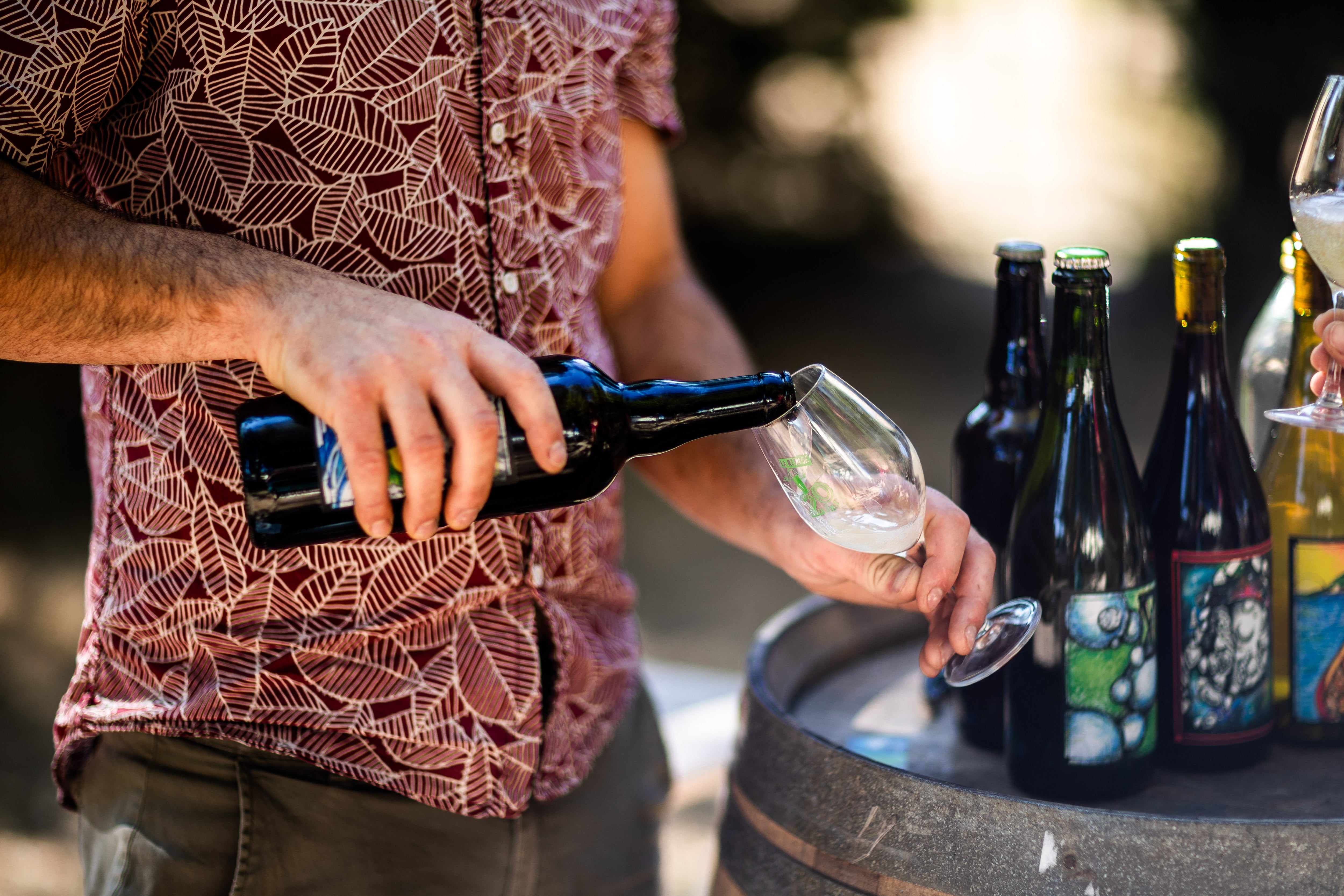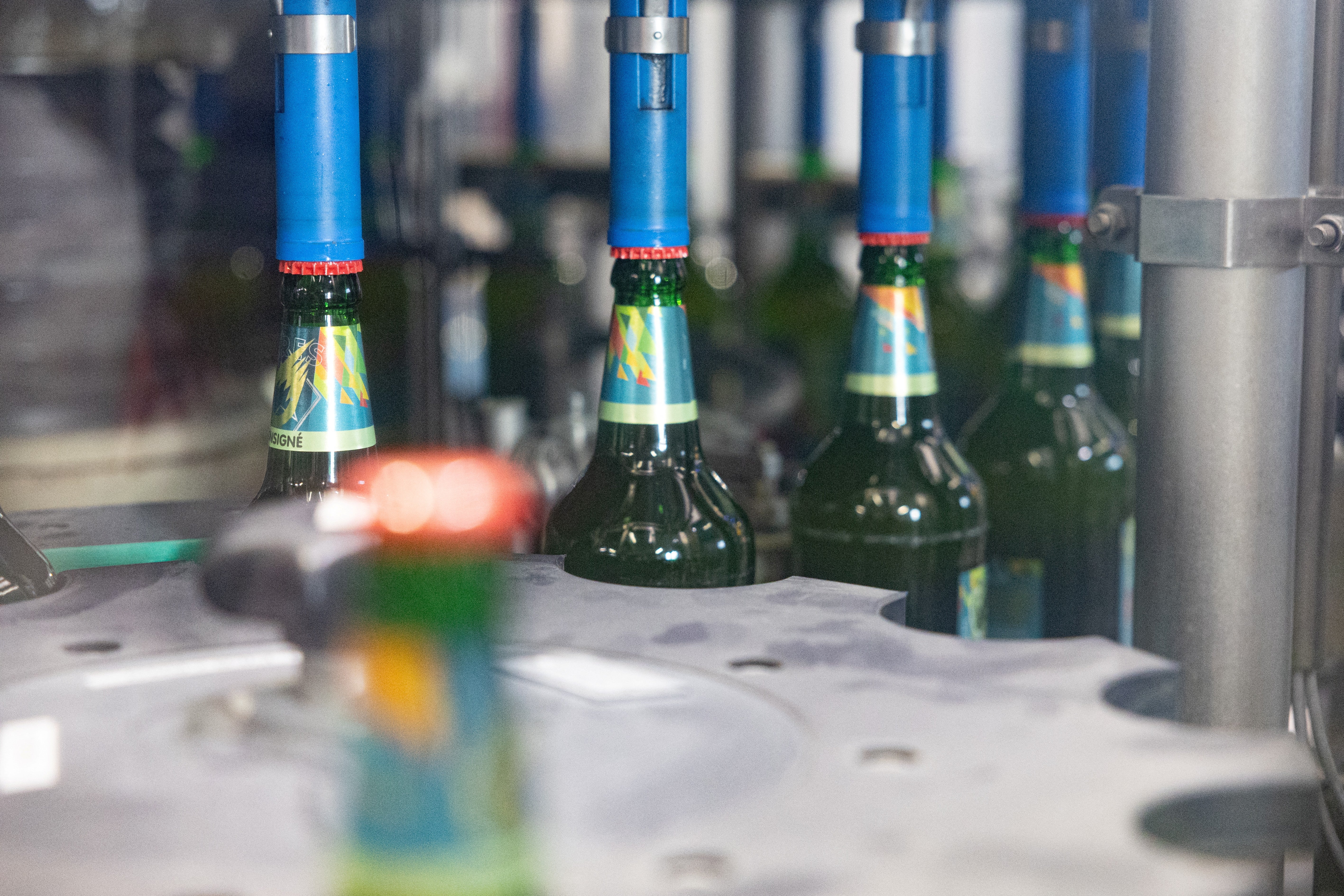Drinks sold in glass bottles, like soda, wine, or beer, may contain more microplastic particles than those in plastic ones, a surprising new study published by France's food safety agency suggests.
Microplastics, several times smaller than the width of a single human hair strand, form as plastic waste breaks down into smaller pieces over time, finding their way into the environment and into the bodies of humans and other species.
They have been detected almost everywhere, polluting the clouds, the deepest parts of the ocean and on the sides of the world’s tallest mountains.
A growing body of studies warns that exposure to these particles via the air we breathe and the food we eat could be linked to serious health conditions like strokes, hormone disruptions and several kinds of cancer.
Scientists hope to better understand the prevalence of these potentially toxic particles and the ways in which humans get exposed to them. Previous research has found direct evidence linking a key ingredient of plastic bottles to an increased risk of diabetes.

Now, a new study published in the Journal of Food Composition and Analysis has found that microplastics are prevalent even in beverages sold in glass bottles.
Researchers, including those from the French food safety agency ANSES, found an average of around 100 microplastic particles per litre in glass bottles of soft drinks, lemonade, tea, and beer.
This could be five to 50 times greater than the rate found in plastic bottles or metal cans, scientists say.
“Counterintuitively, drinks sold in glass bottles were more contaminated by microplastics,” they wrote in the study.
"We expected the opposite result," Iseline Chaib, one of the authors of the new study, told AFP.
The study could not directly establish whether there was any health risk from the consumption of such beverages sold in glass bottles or not, due to the lack of toxicological data.

Scientists found that the microplastic particles in the glass bottles corresponded to the colour and polymer composition of the paint on their caps, indicating that this was likely the main source of contamination.
They recommend that glass bottle manufacturers clean new capsules before capping the bottles to reduce microplastic contamination.
“Pre-cleaning of new capsules, by blowing them out and rinsing them with water/ethanol/water, has significantly reduced the number of MPs (microplastics) per encapsulated bottle, lowering it by approximately three, compared to untreated capsules,” scientists said.
Researchers suspect the capsules used for capping glass bottles likely undergo abrasion and surface friction as they collide during storage and transport, causing their particles to flake into bottles.
“Cleaning seems to be essential and could significantly minimise contamination of the liquid in the bottle by paint particles present in the capsule,” they added.







